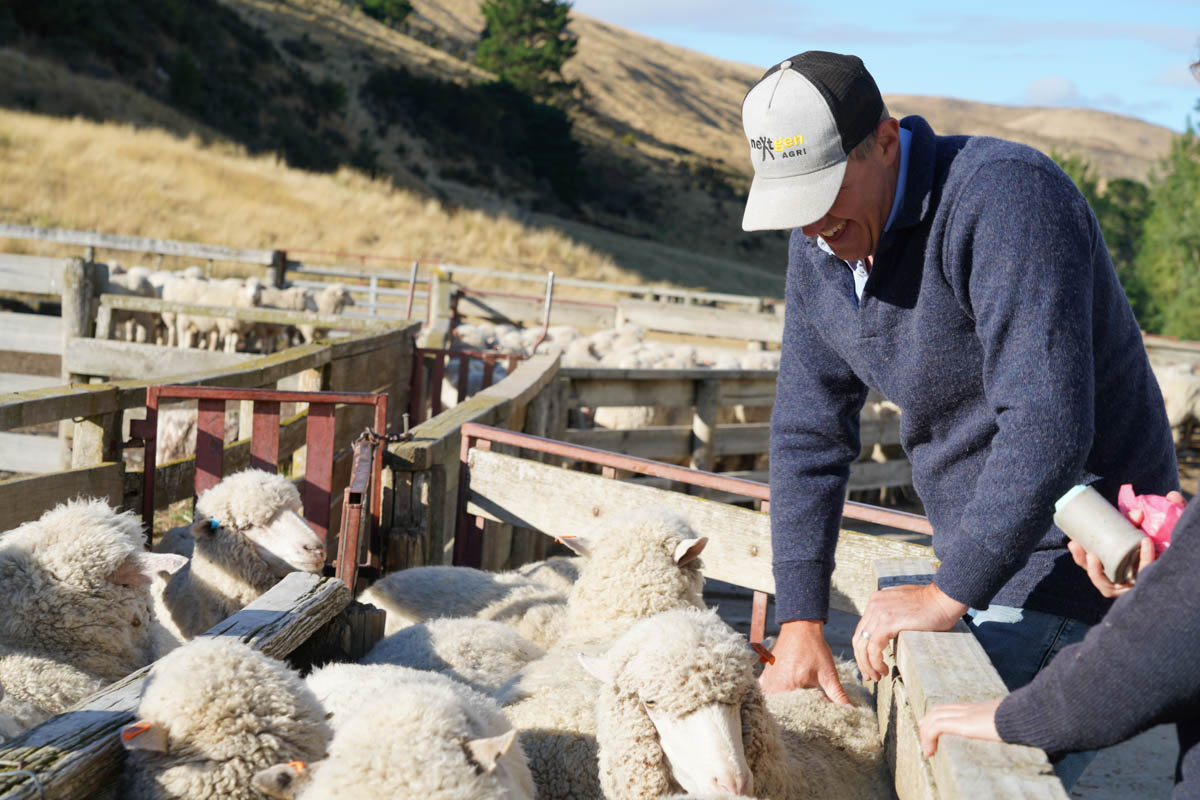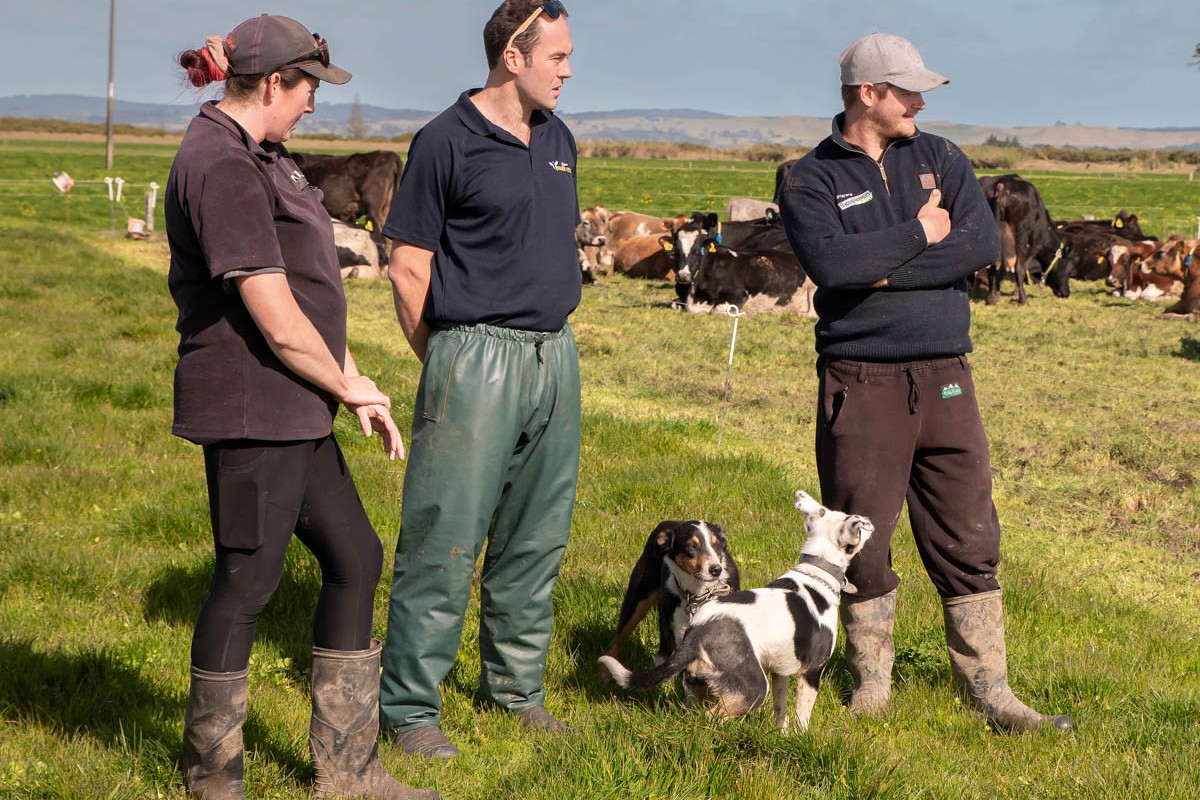Good farm-gate prices have effectively diluted negative vibes for farmers, vet Trevor Cook writes.
For this to be my first column for 2020 it must be my last one for 2019. It is always the one I struggle with mainly because spring is so busy and startling outcomes not common.
I have a target of shutting down at Christmas and taking my annual break. A year ago my sentiment was very negative about the future of farming at the prospect of pine trees taking over many farms. Looking back that concern was justified as more and more good sheep and beef farmland is being planted.
The irony is individual farmers are coming out of it okay because they are being paid well for their farms. The loss of communities and services is the threat to remaining farmers. For one of the rural clinics in my business there is the loss of 40,000 stock units to service over the last 12 months because trees have taken their place.
Quite apart from the impact on my business, it is at least 10 fewer farm staff, eight fewer quads, 900 tonnes less super phosphate per year, 30 fewer stock truck visits per year, $160,000 less spent on fencing per year…
The list goes on. Yes, the loss of export earnings from 10,000 stock units seems to have been forgotten.
The negative farming messages have continued unabated but there is just a hint some warnings are being listened to by decision makers. Good product prices have very effectively diluted those negative vibes. The other crises I have mentioned over the last year have remained as threats but continue to get relatively little mention in the rural press.
The big ones are antibiotic resistance and drench resistance. I had promised to not mention worms again for a few months, but antibiotic resistance deserves more. I was with a group of farmers recently and among them were some from the medical profession.
Mention of using some antibiotic in animals triggered a targeted comment that the antibiotic resistance problem had come from antibiotic use in animals. This was far from the truth for the sheep and beef farmers present but certainly has validity when aimed at the large feedlot cattle systems overseas.
The sheep and beef industry can safely say it has contributed very little, if at all, to the explosive expansion of antibiotic-resistant bacteria. Blanket treatment of dairy cows with dry cow therapy could well be a contributor, but feeding antibiotics in feed has been overwhelmingly more selective for that resistance.
Unlike most internal parasites which are not shared between animals, including humans, we share bacteria very well and commonly with animals. The increasing number of cases of people with infections against which most antibiotics do not work is frightening. It is still beholden on us all to minimise any use of antibiotic.
Over the last year I mentioned more than once the process of change on farms. In particular, the power of support for change. When a farming business – any business – can wrap mentors, advisers and bankers around it, coupled with a willingness to change, the outcome can be dramatic. Having experienced just that in a farming business this last year has been so exciting.
Applying structure, planning and systems has given certainty to outcomes which has given comfort to the financial backers, reward for the farmers, both financial and satisfaction, and the platform to do even more. For fully trading enterprises that change can be fast and so big. Even for very capable people, inviting that support is massive.
I often ponder how widespread that opportunity is and on the effectiveness of extension.
The run into summer has warned us of some threats ahead. Apart from some pasture quality issues that will take sorting on many farms, the early combination of moisture and heat will have encouraged some bugs to get an early start. Facial eczema outbreaks in late summer have their beginnings in late spring. Conditions that allow the fungus to multiply at a low level grows that population which sets up the high spore counts later. Similarly, the worm species Trichostrongylus loves getting an early start with these conditions. Building up numbers early sets the scene for huge challenges later. There is something to be said for a dry summer.




